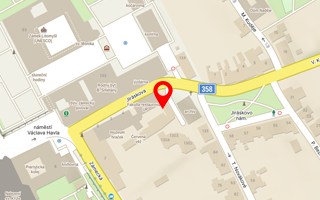Publikace detail
Náhrobní monument Půty z Lichtenburku v Jemnici a jeho reflexe v pramenech
Autoři:
Křenková Zuzana | Říhová Vladislava
Rok: 2014
Druh publikace: článek v odborném periodiku
Název zdroje: Vlastivědný věstník moravský
Název nakladatele: Muzejní a vlastivědná společnost v Brně
Místo vydání: Brno
Strana od-do: 238-245
